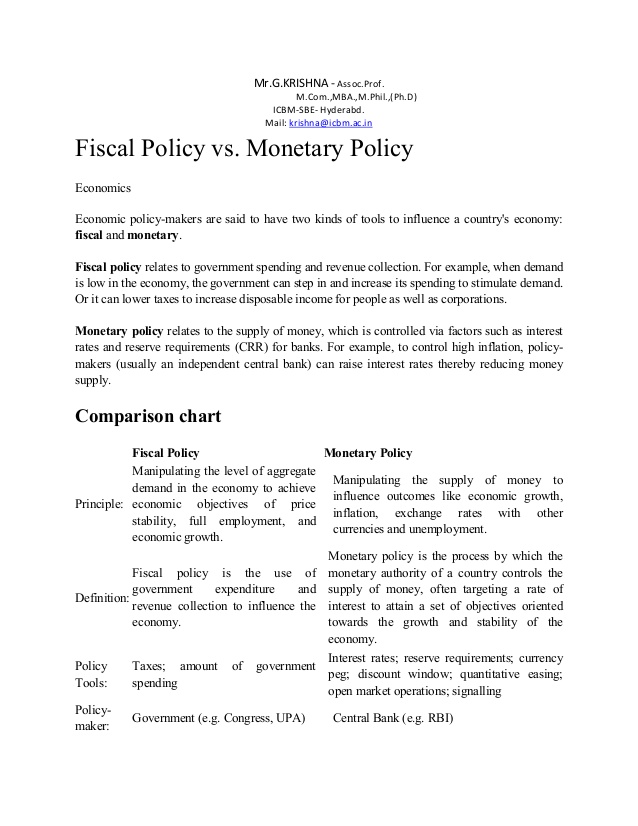What Is Divergence in Technical Analysis and Trading?
- Posted by codak
- On 9th April 2021
- 0 Comments
Contents
Well, this my friend is what we call divergence in stock trading. Divergences are one of my favorite trading concepts because they offer very reliable high-quality trading signals when combined with other trading tools and concepts. Be sure that the price is bouncing off a strong support or resistance level. For the sake of clarity, in this article we will explain the concept of divergence trading using the RSI Indicator.
While this can and do work on many occasions, we don’t advise you to randomly trade the divergence signals that way. So, when it comes to divergence, the focus is on the swing highs and lows of both the price and the indicator you are using. The chart below shows a bullish divergence on the GOOG chart. As you can see, while the share price is dropping, the two lines of the Stochastic oscillator are rising. Another approach of identifying divergencies is using the stochastic oscillator. For starters, the stochastic oscillator is also a popular two-lined indicator that identifies overbought and oversold situations.
- The same way the price of an asset moves up and down, establishing peaks and valleys, technical indicators converge or diverge from the price making equivalent peaks and valleys.
- The table below gives a brief summary of summary of various divergences and what they represent.
- You can use this as a buying opportunity when the “rsi” index falls below the average line, and a sell opportunity when it rises above the average line.
- You must wait for the indicator to turn and start moving in the right direction after the divergence occurred.
Since price has to follow the momentum, we can anticipate the uptrend to end. You can use this as a buying opportunity when the “rsi” index falls below the average line, and a sell opportunity when it rises above the average line. In the existing indicators, it was difficult to receive buy and sell alerts. However, this revision has been modified to help generate the correct signal.
Daytrader Heating Oil (Short) – #39
Take note of the stock from Figure 5, Chesapeake Energy , in which shares pulled back to the support. The chart in Figure 6 shows trends do not reverse quickly, or even often. Therefore, we make the best profits when we understand trend momentum and use it for the right strategy at the right time. Technical traders generally use divergence https://1investing.in/ when the price moves in the opposite direction of a technical indicator. It is important to note there must be price swings of sufficient strength to make momentum analysis valid. Therefore, momentum is useful in active trends, but it is not useful in range conditions in which price swings are limited and variable, as shown in Figure 4.
Many traders have gotten bad results when they trade with divergences only. Similar to other trading strategies, you should try to get a stronger confirmation by adding more confluence factors. As for regular ones, hidden divergences are also of two types. Hidden divergences are opposite to regular divergences and indicate that down retracement is over and the trend will likely continue. The divergence tool is not lagging and always strictly follows the price action. Its analysis provides great support to predict the behavior of future prices.
The most important of all is when Dow found out that when there was a divergence between the two, it presented a possible change in the markets. For example, when the Dow Industrials made new highs and when the transportation index failed to make a high it indicated that there was some discrepancy. This formed the basis of divergence theory which was soon developed into a trading system on its own. If you spot divergence but the price has already reversed and moved in one direction for some time, the divergence should be considered played out. Maintain vertical alignment with the PRICE’s swing highs and lows with the INIDCATOR’s swing highs and lows. The highs or lows you identify on the indicator MUST be the ones that line up VERTICALLY with the price highs or lows.
Risk Disclaimer
Before you head out there and start looking for potential divergences, here are nine cool rules for trading divergences. So we know what divergence looks like on the smaller intraday time frames. In this 5m AAPL chart below we can see that, after a strong opening, Apple went into a descending triangle pattern which is most often considered a bearish formation. Ever been in a green trade but price refused to hit your profit target? You probably wondered if it was a good time to get out or it would be better to hold through the storm.

This means fewer deals, but your profit potential can be enormous if your trade is well-structured. Shorter-term divergences will occur more frequently, but they will be less trustworthy. The MACD is a momentum indicator that performs well in trend-following situations. A signal line and a histogram depicting the difference between two moving averages are plotted by the trend indicator. The moving averages will converge and diverge as the trend proceeds, finally reversing.
Indicators you can use to Identify Divergence Signals
Experience in divergence trading, however, can give you good profits with the proper application at the very right place. Notice the bullish hidden divergence that occurred with the RSI when the price pulled back to the trend line. Divergence is a strategy used in technical analysis that occurs when the asset price moves away from a technical indicator. Divergence signals that the current price trend is weakening and that a reversal may ensue. A negative divergence occurs when an asset’s price is in an uptrend while the indicator is moving lower.
It can go on for a long time without the occurrence of a price reversal. Before recognizing regular divergence and hidden divergence and the possible trend reversal or trend continuation signals, traders need to pick a technical indicator. In the stock market, divergence occurs when a stock’s price and a momentum indicator , such as the MACD or stochastic, are not in phase as they used to. It could be that the price is making a higher low while the indicator is making a lower low. There are three other ways divergence can occur, but the key thing is that the price swings and indicator swings are not in phase.
This can be overcome by properly utilizing prior MACD peaks as locations of support and resistance. When you see a divergence on the chart, it’s important that you don’t jump hastily into the trade. You should wait a while to see whether the price action will confirm the signal. Confirmation usually occurs when the price goes beyond the trend line, which is an indication of a reversal. Another good entry point is when the price breaks resistance or support.
Basically, a divergence exists when your indicator does not “agree” with price action. Granted, this is very basic and we will now explore more advanced divergence concepts and see how to trade them, but it’s important to build a solid foundation. Attach your preferred oscillating indicator to the chart and identify the relevant peaks/troughs on the indicator that match the swing highs/lows on the price Check chart.

However, when this type of convergence gets out of sync, we get a divergence. For this type of pullback with a single swing, the divergence to look out for is the hidden divergence. Thus, when the price action and the indicator are out of sync, you have a divergence on your chart. One of the most reliable and easily identifiable clues in certain indicators is the divergence between the price action and the indicator. From the fundamental perspective, divergence is viewed as a period when the shares of a company are not in line with its intrinsic data. For example, the stock of a company may continue dropping even after reporting relatively strong economic numbers.
Choose an appropriate profit target or use a trailing stop strategy to secure your profits. Compare the current price swing high or low with the one preceding it to know which is higher or lower. Follow these rules, and you will dramatically increase the chances of a divergence setup leading to a profitable trade. Nine rules you MUST (should?) follow if you want to seriously consider trading using divergences. We advise only look for divergences on 1-hour charts or longer.
What technical indicators work best with divergence?
Similarly, in technical analysis terms, divergences mean when there is a conflict between the price movement and the technical indicators that you use for technical analysis. For example, when the prices make a higher high but the technical indicator is showing a lower low, it is a divergence. The divergences occur when trading divergence the movement of the actual price of a stock does not synchronize with the indicator. With the RSI indicator, traders can identify both regular divergences and hidden divergences. One of the most popular technical indicators to spot regular divergence and hidden divergence is the Relative Strength Index indicator.
Granted, this is a very basic overview, and we will go into more complicated divergence concepts and how to trade them later, but it’s vital to start somewhere. As a member of the oscillator indicator group, the Stochastic indicator works in the same way as the RSI indicator. This indicator has two lines that fluctuate in different areas on a chart that ranges from 0 to 100.
Imagine being in the cockpit of an airplane, and the indicators suddenly begin to indicate that you are rapidly losing altitude. At the same time, the weather is clear outside the window, and you can see that the plane is in good working order. Divergences take place all the time and across all time frames. However, the best results come when divergence is spotted on higher time frames such as 4-hour sessions or higher. The Moving Average Convergence Divergence is both a momentum and trend following indicator.It is calculated by…
This kind of pullback can give rise to a classical bullish divergence signal in the direction of an already established trend. To formulate a good trading strategy with divergence, you need to make use of tools that can help you identify the trend direction, as well as the key areas of value in the market. A better way to make use of divergence is to make it a part of a robust trading strategy. You can use it to spot a trade setup if it occurs at the right place and in the right direction or use it to indicate when to get out of a trade to avoid a pullback. There are different ways traders make use of divergence in your trading.


0 Comments